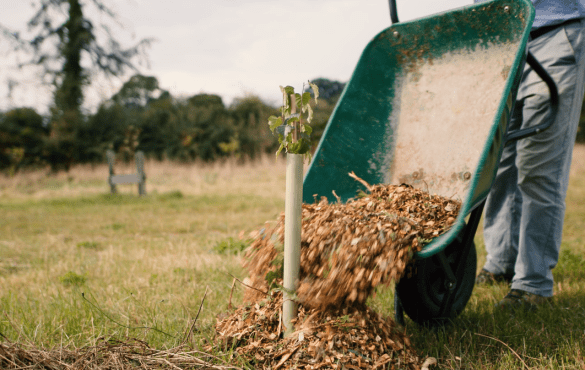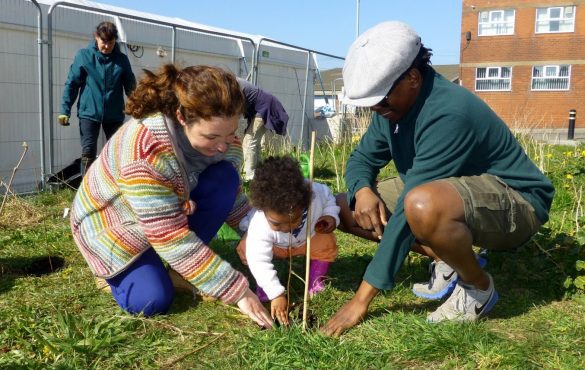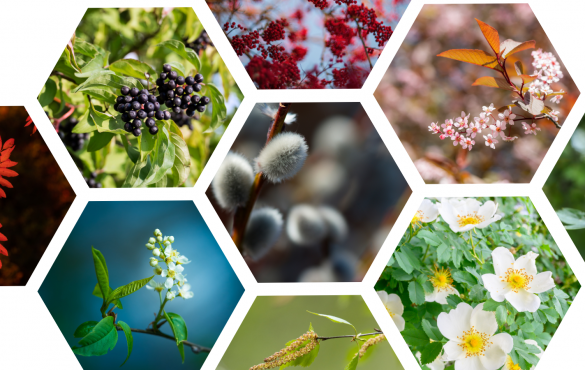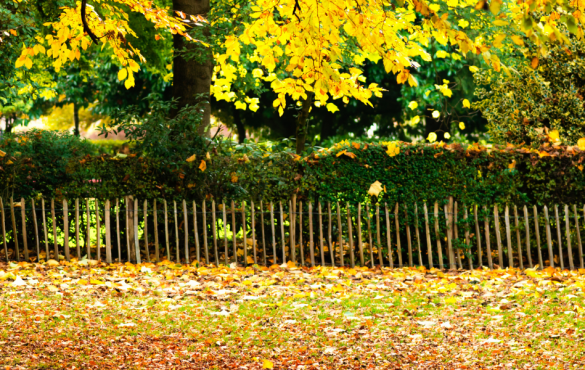Together we continue to smash our tree-planting targets, planting millions of trees for climate, wildlife and communities!
But we have only just begun. This year, with the help of thousands of community groups, volunteers and supporters like you we are going further than ever before with I Dig Trees – claim your free trees here and find out our rather ambitious tree-planting target!
As the tree planting phenomenon continues, Prof Jonathan Grey of Wild Trout Trust tells us how the trees ordered through our #IDigTrees programme are helping to bring habitats, food and shelter for local freshwater wildlife…
I like edges. Edges are where ecology happens…
They are dynamic, unpredictable…edgy even. As someone who has always been fascinated by the ecology of freshwaters, I have spent an inordinate amount of time with my back to the water.
I look out at the landscape, trying to understand how that influences what I find beneath the surface behind me. My view should be obscured by trees because, arguably, the ‘pristine state’ of most of our rivers and streams should be wooded right to the channel edge.

Did you know, trout grow on trees?
Not literally of course, but directly and indirectly, trout grow from feeding on invertebrates that fed upon trees.
It could be via tiny aphids that have been sucking on a sycamore and haplessly fallen into the stream below in a sappy stupor. Or it might be more circuitously, via shrimps that have shredded and chomped upon the leaf litter tossed into the water on autumnal winds.
Energy arising from trees on land can be transferred via a plethora of ecological pathways to end up fuelling food webs underwater.

But trees should give so much more to trout…
Our native species, the brown trout needs a mosaic of habitats to get through its life cycle: clean gravel in which to lay eggs, refuges from predators and flow for the weak swimming fry, shallow riffles of fast water as growing juvenile ‘parr’, and deeper pools as larger adults.
So, trout don’t live in trees, but trees should be contributing to that mosaic. Natural treefall into rivers diverts water flow over, under and around, thereby making faster, slower, shallower and deeper patches on the quilt of the riverbed.
Tree roots bind the bank soils together and twist into the water providing hidey-holes. Trailing branches trap flotsam creating cover and shade.
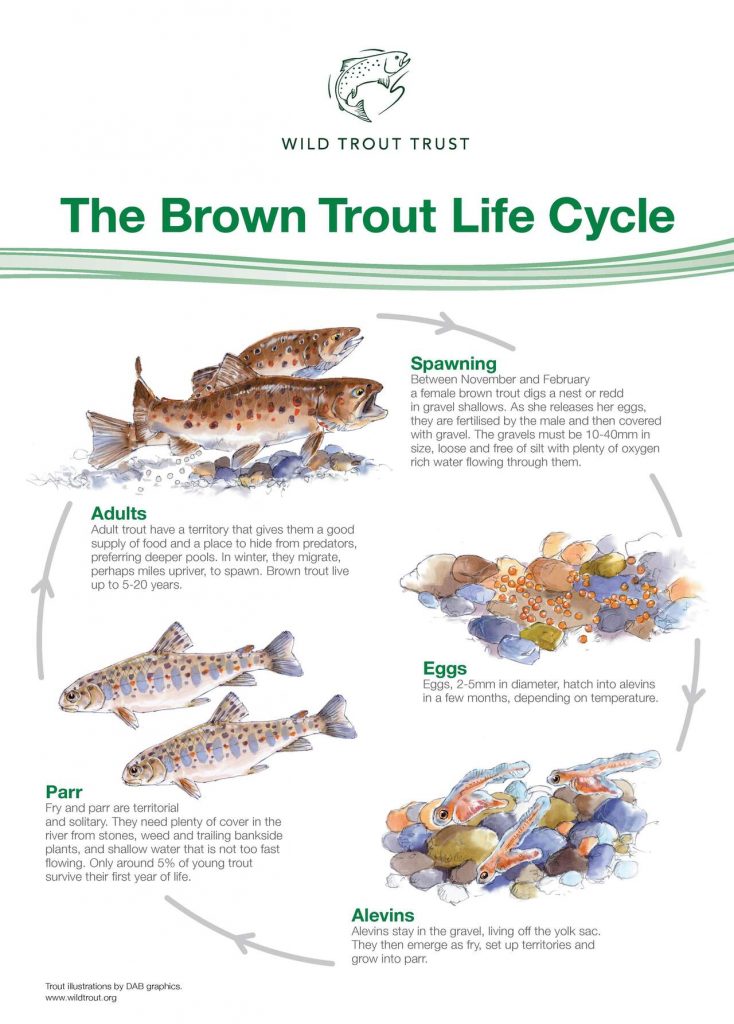
Source: Wild Trout Trust
The trout is a cold-adapted species…
Its eggs bake low-and-slow in river gravel over the winter months to hatch with the first flushes of spring and capitalise on unwary invertebrates.
Trees in the catchment should ‘slow-the-flow’, taking the sting out of winter floods that otherwise ravage our rivers and disturb the slumbering eggs.
Trees along the banks should keep our rivers cool in summer. The water temperature of shallow, narrow streams when exposed to direct sunlight can be almost 10oC warmer compared to beneath a leafy canopy, and that’s not good for trout nor anything else that needs oxygen from the surrounding water.
I’ve focussed on trout but trout are just a sentinel, a canary in a coalmine as it were. A healthy population of wild trout indicates a healthy, functional river, that should be home to their prey and their predators. And ‘should’ has crept up far too often in this post.
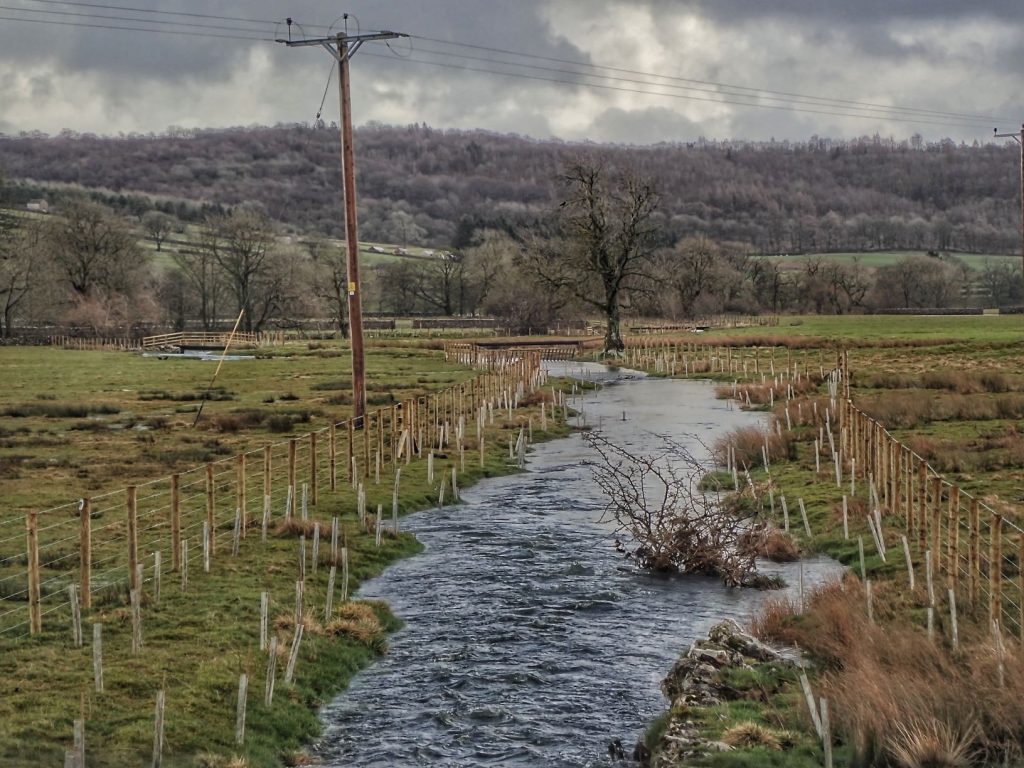
That’s because far too many of our rivers are effectively bald!
If there are trees, they are generally standing tall but tired, a linear straggle of aging canopy, a fragile fringe only one-tree-deep. Succession has been nipped in the bud, quite literally, by browsing livestock.
Working part-time for the Wild Trout Trust, I meet with landowners, local communities, rivers trusts, government agencies and angling clubs to offer practical advice and guide hands-on habitat improvement projects.
In many instances, all rivers need is a good dose of trees, and I am delighted that The Conservation Volunteers recognise angling clubs as community groups and grants them access to the I Dig Trees programme.

The stereotypical view of a fly angler taking a fish for supper is thankfully fading…
Generally, such anglers don’t take at all but give instead; time, energy and money invested into improving habitat, restoring rivers, reporting pollution…generally working with and looking after rivers as a natural resource.
OK, I’m biased by my fetish for freshwater, but if you are going to plant trees anywhere, along rivers must bring about the biggest-bang-for-buck in terms of environmental benefits.
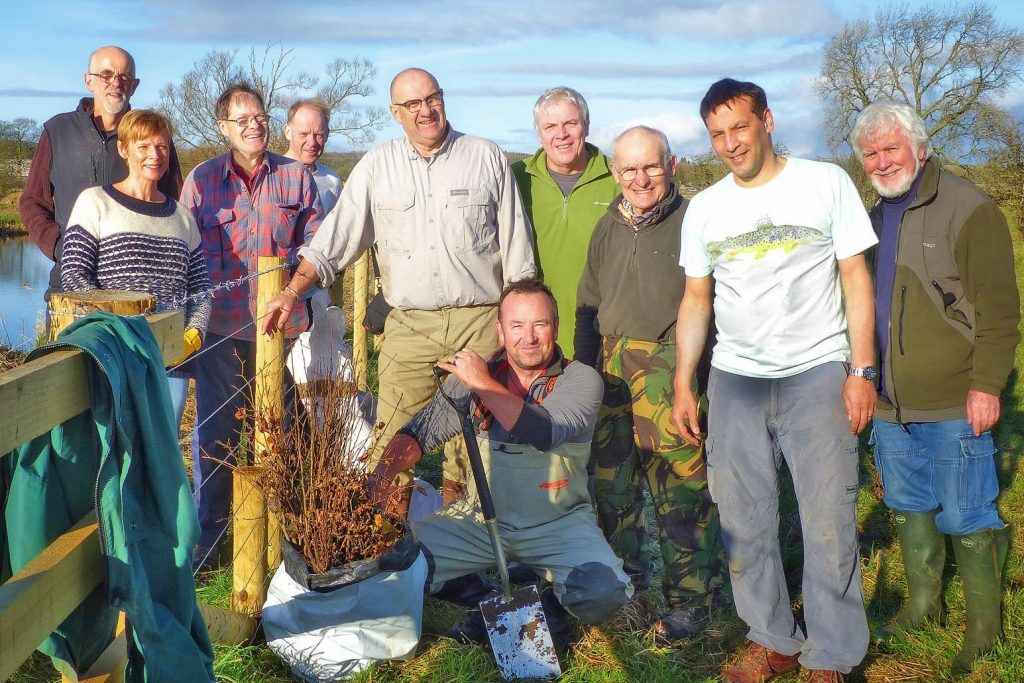
You can follow the development of some of my tree-planting partnership projects on Twitter.
Prof Jonathan Grey
We’d like to say a huge thanks to Prof Jonathan Grey and the Wild Trout Trust for contributing this guest blog.
The Conservation Volunteers has the ambition to plant millions of trees across the UK with the help of community groups, corporate sponsors, and people like you. Are you in?

Keep up to date with the latest news and activities from The Conservation Volunteers by following on Twitter, Facebook, LinkedIn and Instagram. You can also sign up to receive TCV’s Greenzine newsletter for more ways to get involved.

